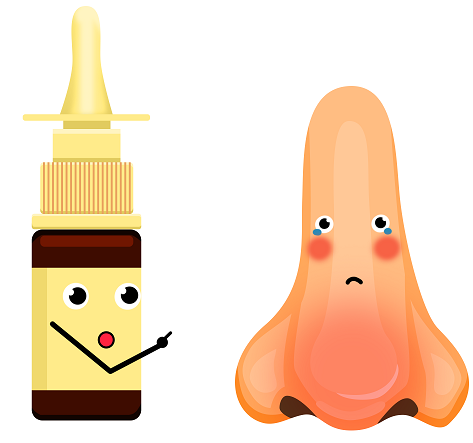
Allergic rhinitis can be relieved by nasal washing.
There are two kinds of nasal wash liquid, namely isotonic and hypertonic nasal wash.
Isotonic nasal wash is actually 0.9% normal saline. The high permeability nasal irrigation fluid is brine concentration higher than 0.9%.
Hypertonic nasal irrigation fluid is usually used to relieve nasal mucosal swelling caused by blocked.
Because the low water potential of the salt water can dehydrate human cells and play a role in reducing swelling. The principle is similar to that of salting meat to dehydrate and preserve it.
But it can not be used for a long time, otherwise it will cause damage to the nasal mucosa.
No matter what kind of nasal wash, its principle is through the way of flushing. Reduce pathogenic bacteria and viruses in the nasal cavity.
At the same time, it reduces the formation of bacteria-prone environments such as mucus. Nasal irrigation can also improve ciliary function. Reduce mucosal edema, reduce the level of inflammatory factors.
Hypertonic nose wash.
NI3030 nasal washer matched with 1.8% lotion 0 drug 0 hormone, has no pharmacological effect. The ingredients cannot be absorbed by the human body and will not cause long-term effects by staying in the body. It contains β-glucan, sodium chloride and sodium pyruvate.
β-glucan
- Activate macrophages by regulating cytokine expression
- Enhance the immunity of immune cells to bacteria and viruses
- Promote the migration of fibroblasts to accelerate wound healing
Sodium chloride
- 1.8% hypertonic: international standard hypertonic solution, reduce swelling
Pyruvic acid sodium
- Sodium pyruvate participates in glucose metabolism, provides energy for cells and promotes the movement of nasal mucosa cilia
- Improve cell hypoxia tolerance and enhance oxidative metabolism
- Strong antioxidant effect

Saline
Saline is most gentle to the nasal mucosa. It can also effectively suppress inflammation in the nasal cavity. Adjust the environment inside the nasal cavity.
If you want to configure your own saline, note the following:
- If you want to configure your own nasal wash. Recommend that you go to the pharmacy to buy special nasal salt, do not use edible salt.
- The water configured with normal saline cannot be directly used with tap water. Mainly because tap water has a pH of 6.5-8.5. And tap water contains more impurities. Does not meet the “mild” requirement of nasal cleanser. In addition, minerals in mineral water may also cause discomfort in people with sensitive nasal passages. Therefore, it is best to use bottled purified water.
- Nasal irrigation is not disinfectant after all. For a long time, all kinds of bacteria can survive and reproduce in it. So use salt water when you need it.




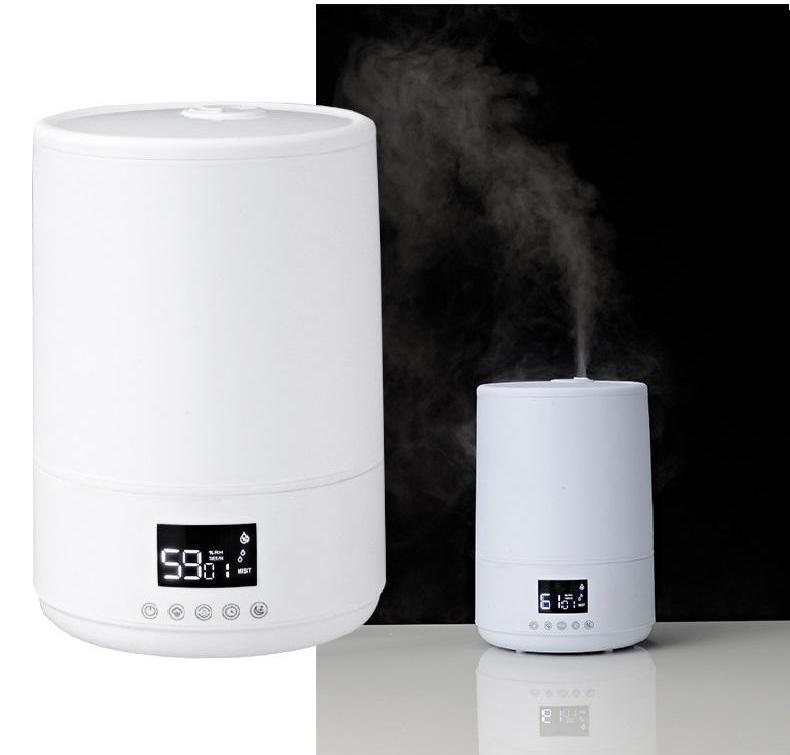







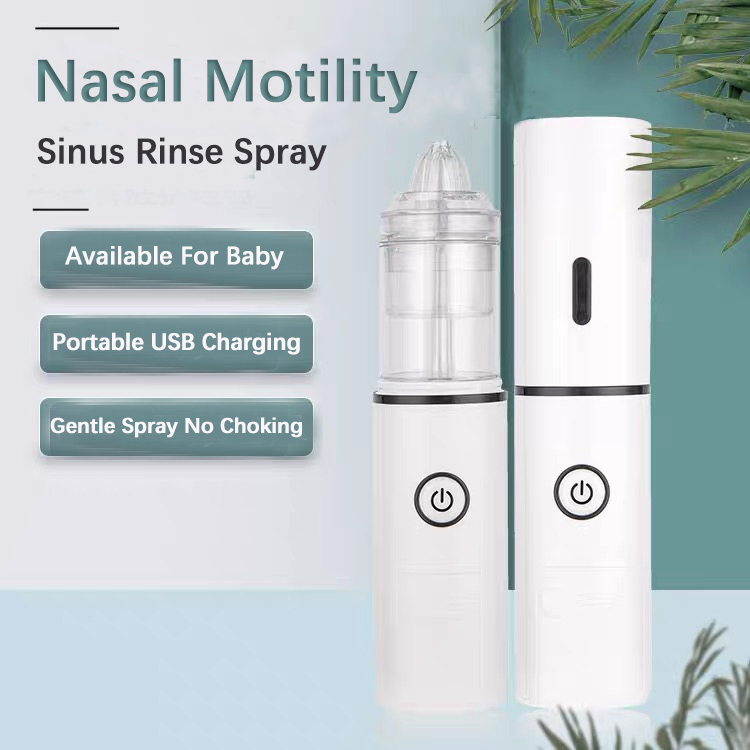







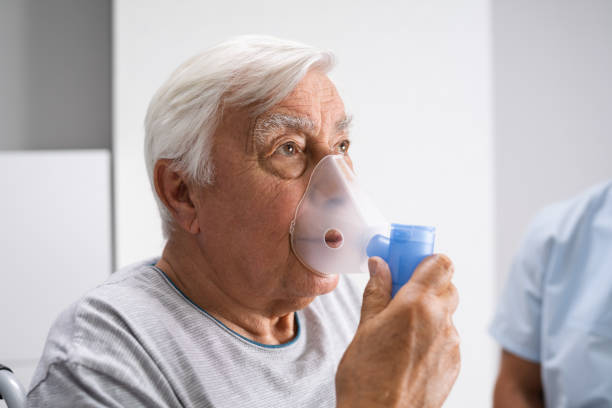





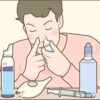
Recent Comments